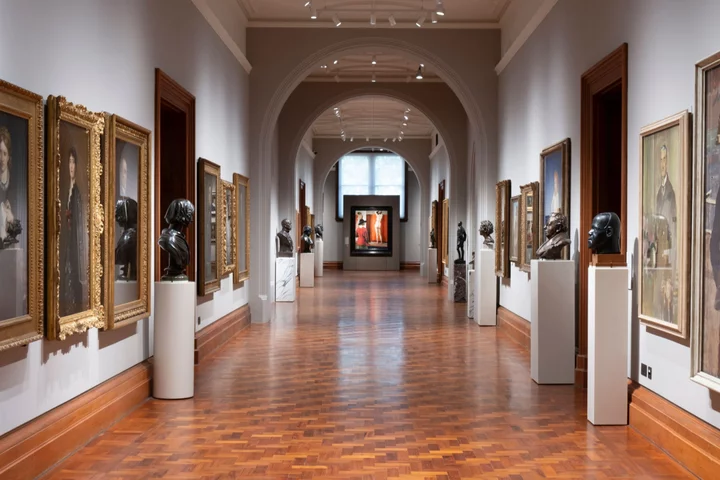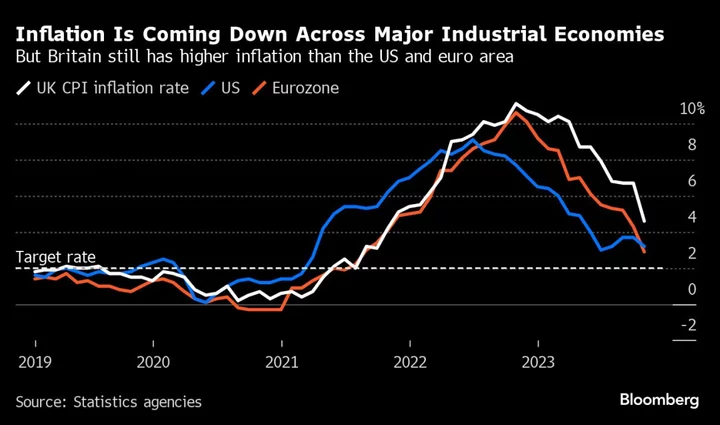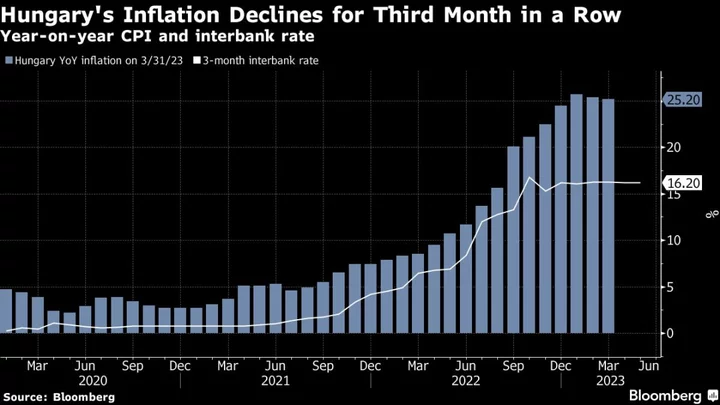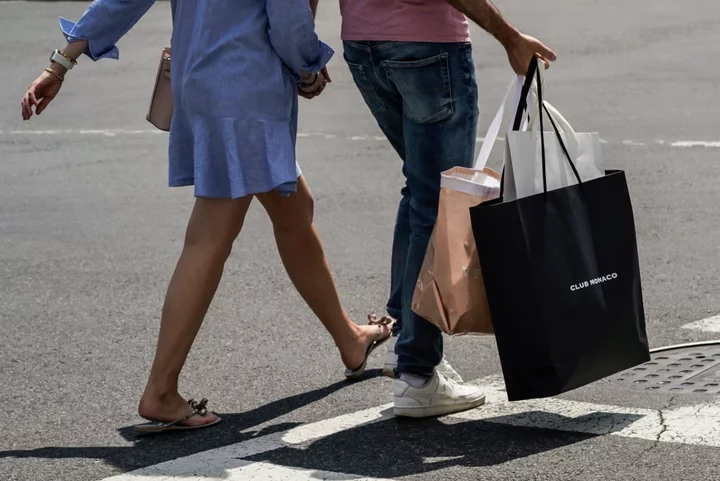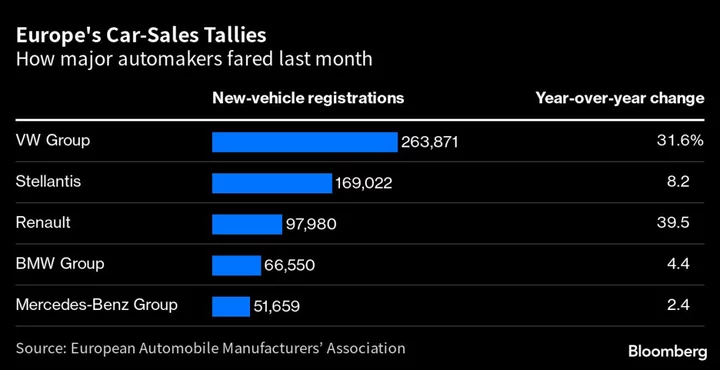London’s National Portrait Gallery was desperately in need of refurbishment for years.
“It was overcrowded, the galleries looked stuffy and unwelcoming, we didn’t have enough space to show our contemporary collection let alone our photographs collection, and the whole place looked rather shabby,” says Alison Smith, the NPG’s chief curator.
Now, after a three year, £41.3 million ($52.7 million) construction project plus another £2.7 million spent on a nearby ticket kiosk, those wrongs, along with many others, have been righted. “We wanted to bring coherence to the collection,” Smith says, and make the space “beautiful but also interesting as well, so that people would come on a regular basis.”
The Building
Built in 1896, the structure was configured “in a piecemeal way,” says Smith. “A bit here or there renovated, the other parts not, so the thinking behind the renovation project was to go back to the original building with the present-day audience inside.”
When visitors are welcomed back on June 22, they’ll be coming through a reoriented entry that opens on the north side of the building. “Before, they were invited to enter via a small entrance. They were tunneled into a cramped space, and now there’s a large entrance hall filled with natural light,” Smith says. The new entrance was created by altering three windows and turning them into doorways that lead to the gallery’s entrance hall.
The renovation increased public space by about a fifth, much coming in the new Weston Wing, which converted the East Wing’s office space into galleries that will house the NPG’s contemporary collection. The renovation also added a new Learning Centre in a space that was once a light well.
The construction project also included a new look for many of the galleries that were faded and dark. “We wanted a varied experience,” says Smith. “I’ve spoken about coherence, but different areas of the collection have a different look.”
In the top gallery floor, which shows British portraiture from about 1300 to 1850, “we wanted something rich and opulent, something sympathetic to the style of portraiture,” she continues. Walls are in a striking variety of colors. “You move from blue to orange to green to red, it’s very dramatic, but it’s also done to correspond to the themes of the original galleries.” Blue is for royalty, she explains, orange is for the industrial revolution (evoking furnaces and steam engines), green is for the Romantics (environment and nature), and deep red is for society portraiture.
“The colors were chosen in relationship to the portraits to be an appropriate foil and backdrop,” Smith says.
Even on the second floor, which explores portraits from 1850 to 2000, and in the Weston Wing’s contemporary galleries on the first floor, Smith says, the white box has been avoided. Still, “colors are more muted in sympathy with the modernist aesthetic,” she explains.
The Collection
The renovation occasioned a reappraisal of the NPG’s presentation of its permanent collection. “Before, it was really led by biography,” Smith says. “Now, each room is like a mini exhibition given over to a particular theme.” (Visitors might find this approach prefigured in the reimagined permanent collection galleries of the Museum of Modern Art in New York.) The rooms are still “broadly chronological,” she continues, “but we’ve themed the rooms more, and the interpretation is slanted more towards the interpretation of the overarching theme led by history, culture and society.”
In paintings from the Tudor court, for instance, “we look at the reformation and then early colonization,” Smith says. Another big room addresses how disparate nations came together in the UK. There are also rooms about colonization, radicals and reform, World War I and World War II, and the British Empire. “The portraits were selected to really bring out each particular theme and address it in different ways,” Smith says.
More than 1,100 portraits will be on display once the building reopens. Some 48% of the portraits in the 20th century and 21st century galleries will be of women (before it closed, the figure was 35%), and 11% of all works on display will be of sitters from UK ethnic minorities, which stood at about 3% before closure.
The NPG will show a series of new contemporary commissions, including portraits of the writer Zadie Smith by Toyin Ojih Odutola, and of former Tate director Nicholas Serota by Steve McQueen. In addition, photography has been emphasized: before the closure, 4% of works on display were photographs. Now that number has jumped to 29%, and includes everything from early daguerreotypes to an image by contemporary photographer Wolfgang Tillmans.
“We want people to see the relationships of portraiture and history,” Smith says. “And we want to make audiences aware that there’s more than one narrative of British history. As well as the monarchs and men in wigs, we want them to look at other kinds of sitters.”
The gallery’s four floors of art are “an awful lot to take in in one visit,” says Smith. She recommends coming in “to explore one part of the collection, then go have a drink in the bar or meal in the restaurant, or browse the bookshop.” There’s so much on offer, Smith concludes it will become “one of the must-see destinations in London.”
(Adds details on new commissions and photography focus in 14th paragraph.)

